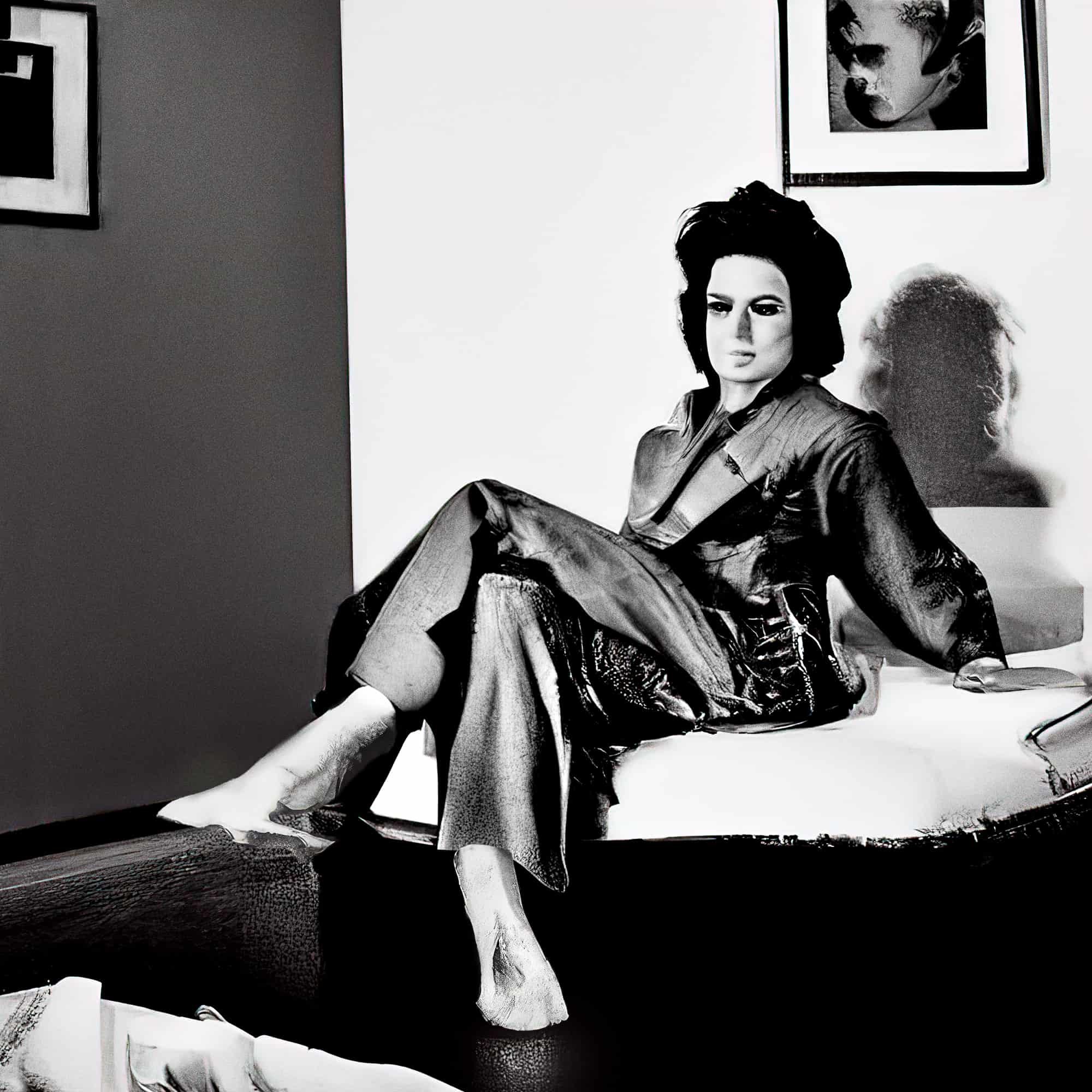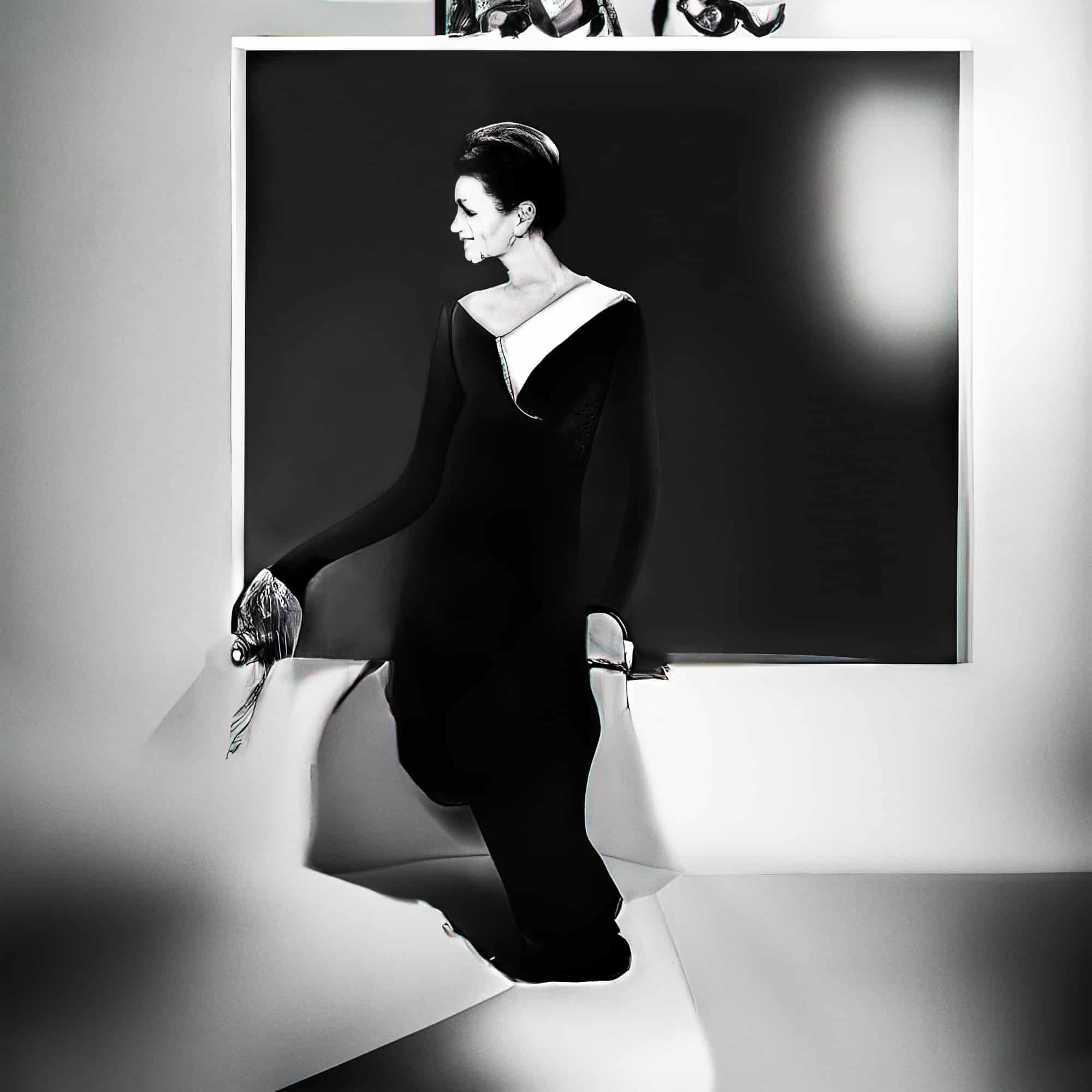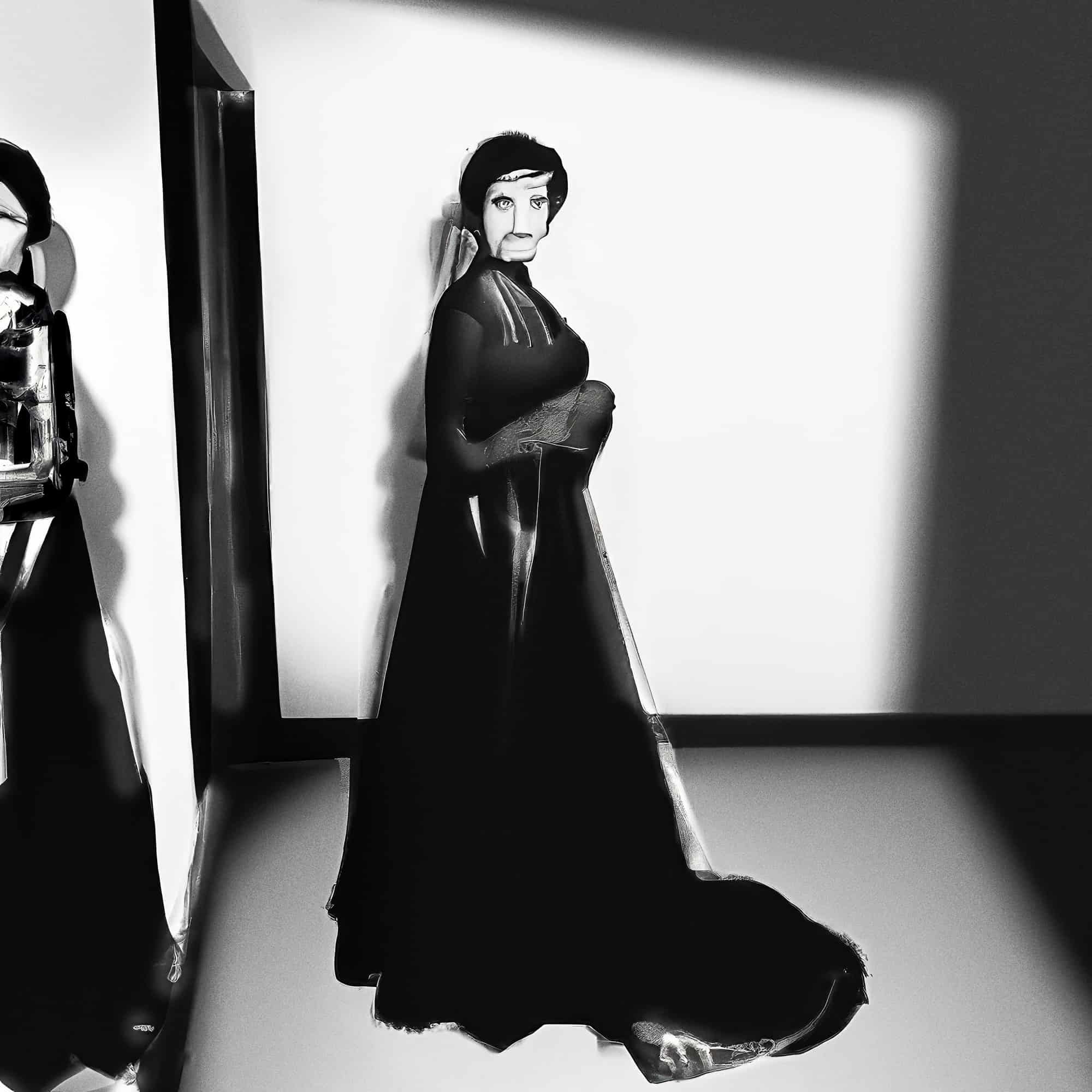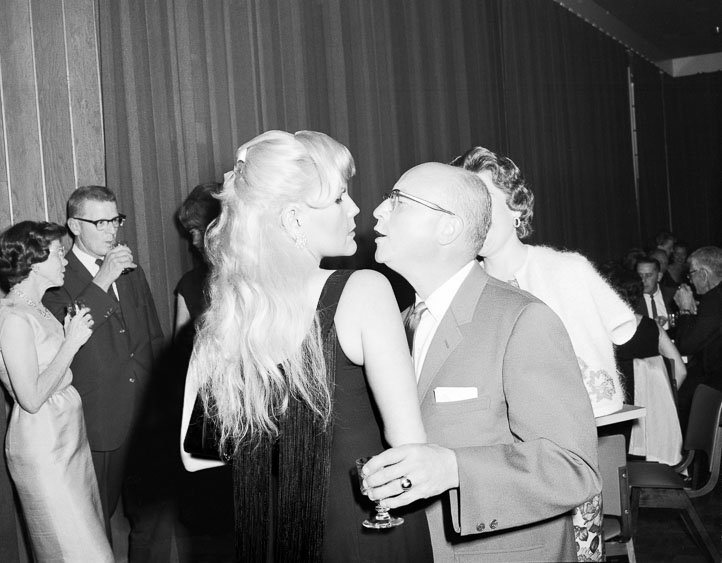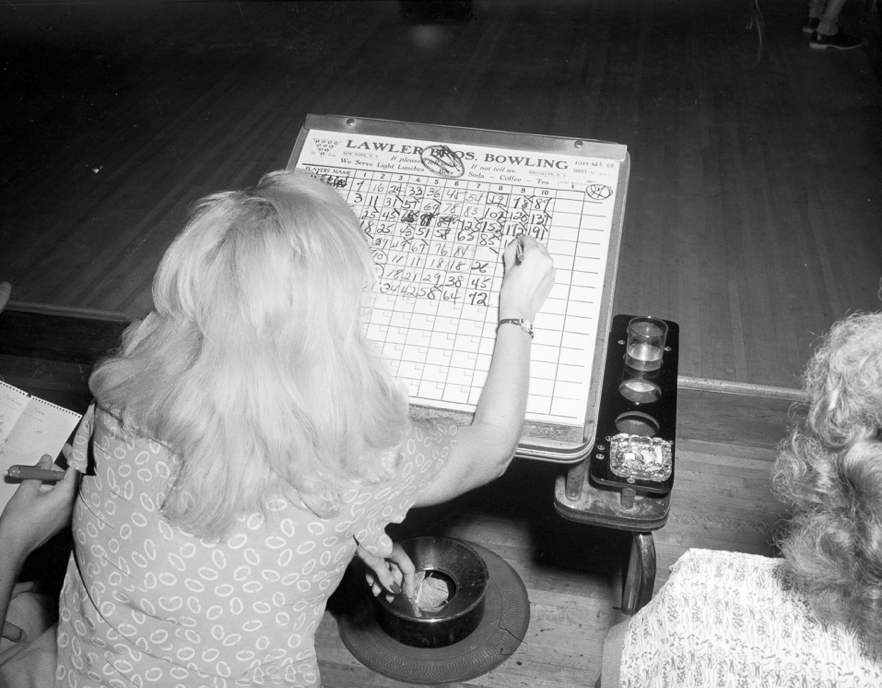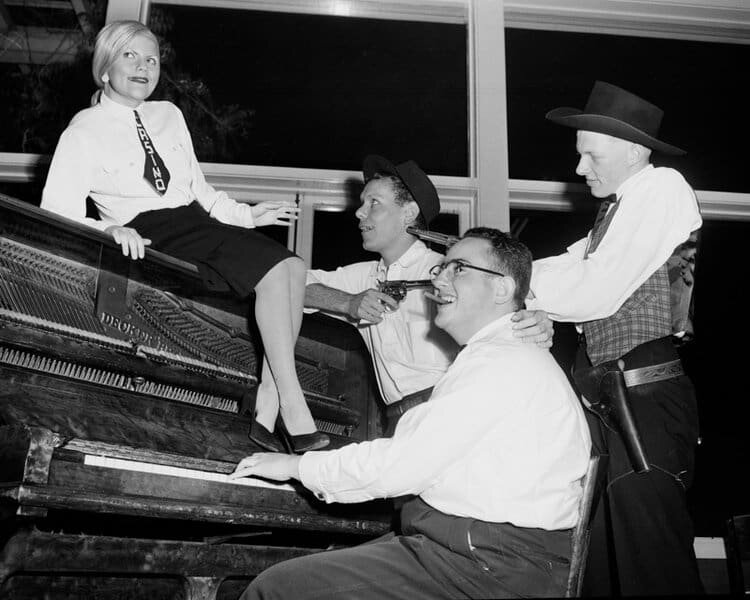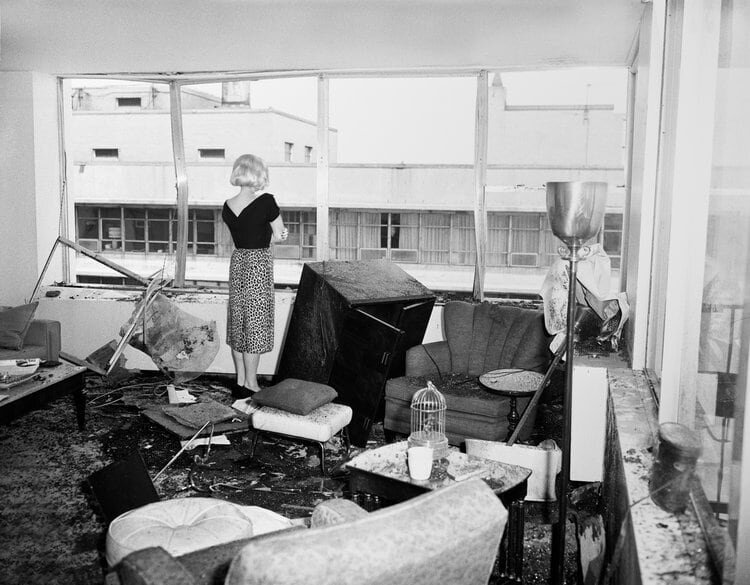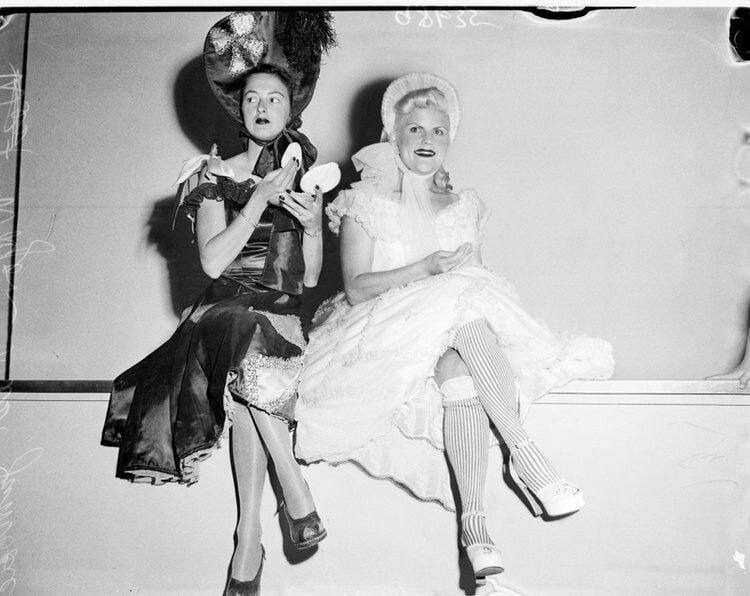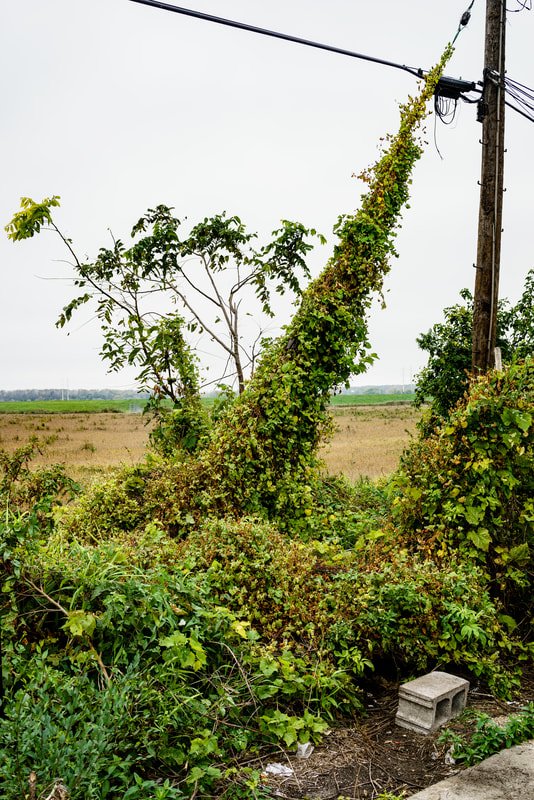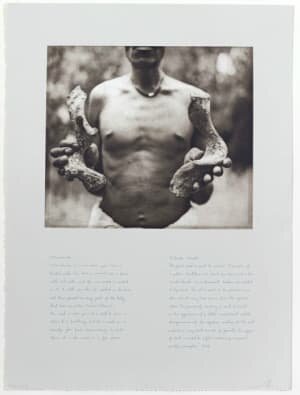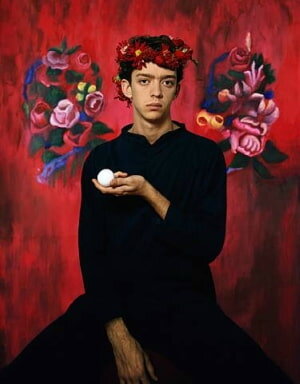About Jennifer Greenburg
Jennifer Greenburg holds a BFA from the School of the Art Institute of Chicago, and an MFA from the University of Chicago. The artist's work calls for reassessment of our belief in the image’s ability to embody reality, asks for more rigorous evaluation of the substructure of visual idealism, and implores us to enact a new visual order.
Constructed Portraits by Jennifer Greenburg
In Constructed Portraits Jennifer Greenburg sculpts new representations of female-presenting bodies with photographic material, technology, and the labor of her own hand. Layers of work, selection, intervention, and processing are involved to bring the work from source to pigment print.
As with Revising History, Jennifer Greenburg’s newest series, Constructed Portraits, begin with a found vernacular image of interest. The system is then instructed to “make her more beautiful.” From here, multiple layers of interaction, reconstruction and refinement occurs. It is easy to detect that part of the multi-step process of Greenburg’s Constructed Portraits is interfacing with AI. The artist is interested in how the rendered figures seem to posses an awareness they are being immortalized through the act of the image. What might this expanded form of portraiture reveal about our own desires and insecurities?
Greenburg’s subjects are strange and seductive; they invite us with their gaze and gesture. Like the machines we are programming through our own engagement, the human eye seeks to identify and categorize, but here, unable to “make decisions,” we are left unresolved, staring at something looking back a us. This subtle act is something the human figure, especially female, was not afforded until modern times.
In Constructed Portraits Jennifer Greenburg’s subjects draw out our mortal anxieties. They are both decidedly human and non-human, convincing and impossible. Something feels unhinged by so much consciousness: the rules for representation are multiplicitous, figure and ground are confused, lines that should connect do not. Space feels flat and simplified, the figure is made dominant and more elaborated, but strangely and with mixed-aesthetics that feel borrowed from drawing, painting, and collage. Blacks are rich and inky, whites are bright and void, but- as our eyes adjust (especially in person) subtle colors emerge from the otherwise stark tonal palate. Nothing is as it seems. The more we look, the more rules are broken, yet whole made complete, believable, alluring. We experience tension between desire and fear, caught in prolonged gaze.
Jennifer Greenburg
Ruby Van Go-Go and Stuart in Love on Tammy Wynette’s Couch, Nashville, TN, 2004 | from The Rockabillies
Greenburg dedicates significant time to her bodies of work, and her engagement with all but her earliest work, The Rockabillies, are ongoing. The Rockabilles (2001 - 2009) documents a sub-culture of America. The Revising History series began in 2010, and is evolving as a counterpoint to the earlier work. Disillusioned by the form of documentary photography, Greenburg has been inserting herself into found vernacular photographs from mid-century America in an effort to undermine the cultural tropes the original celebrates.
I intend for my work to engage the audience in a conversation about the way we interpret the media, record personal memories, and establish collective history... [this] is a study on photography, the nature of the vernacular image, and its role in creating cultural allegories.
- Jennifer Greenburg
Jennifer Greenburg
Our first task as a married couple, 2013 | an 8-panel work from Revising History
Revising History has become more poignant through time. Subtle yet significant shifts delve into the role vernacular photography plays in reinforcing cultural allegories. This has slowly revealed through three solo exhibitions at the gallery. While the early Revising History works are more playful, latter works as included in the 2016 Revising History exhibition and a 2019 show Cultural Grooming, which mixed in work from Colored Stories, represent a blatant disenchantment with residual constructs celebrated by mainstream popular culture. Latter works seem to harmonize with contemporary events, such as the rise of the Me Too Movement, and reference historical artworks.
Revising History by Jennifer Greenburg
Colored Stories by Jennifer Greenburg
Jennifer Greenburg, ...in mood and manner a distinctive car for the discriminating, modern woman, 2019 | from Colored Stories
Jennifer Greenburg’s Colored Stories boil aesthetics down to raw elements; the abstract, minimalistic contemporary art prints sample colors taken from mid-century items marketed to American women during WWII, the Vietnam War, and the Civil Rights movement. These joyous palates were used to help American women, who were suddenly a consumer demographic, forget their status as second-class citizens. Ironically, the fetishization of these colors and items, within the 21st century, cause the same effect– they allow us to forget an unbalanced past rife with inequality.
A Substitute World by Jennifer Greenburg
Photographs in A Substitute World, (exhibited at the Gallery in 2020) were culled-back from 15 years of the artist’s personal archive of images. Struck by the weight of these spaces, Greenburg was compelled to make large scale works that rely on the formal qualities and underlying frameworks of traditionally male-dominated practices in photography. They stand in contrast to the implied gender hierarchies and boundaries applied to women artists, who are canonized chiefly for personal, intimate exposures (interior/nude/family/relationships/peep show). Hers are a play on the sort of images either a male artist in her footsteps has or could be celebrated for or that otherwise speak back to societal “supposed not to-s.” Greenburg leans on the arguments of Susan Sontag: photographs “support [the] maker’s own notions,” and can “lay claim to” or “help build a nascent” reality.
The Rockabillies by Jennifer Greenburg
Greenburg's early work, The Rockabillies examines a unique subculture of individuals who co-opted the looks and lifestyle of mid-twentieth century Americans. The dedication to individuality exemplified by these subject's dress and curated environments is fascinating and curious, but also intimate. There is no audience for their lifestyle, they exist this way for their own enjoyment.
The subculture has became a hybrid formed from texts and images- frequently taken out of context- from an era that saw race riots, cultural upheaval, and little hope for economic advancement. The adoptive looks, once counter-culture, were adapted to serve as a wistful reinterpretation of time. Any authenticity of this subculture has since dissolved, crushed by affordability, access, and commerce-driven social media influencer mentality.
Shot in film over a decade with a 4x5 view camera, the project was published as a monograph in 2008 by the Center for American Places.
Jennifer Greenburg's contemporary photography is in the collections of the Art Gallery of Ontario; The Museum of Contemporary Art, Museum of Contemporary Photography, and Midwest Photographers Project, Chicago; The Santa Barbara Museum of Art; Museum of Contemporary Art, Tucson; Museum of Photographic Arts, San Diego; Museum of Fine Art Houston, Texas; and Light Work Syracuse.







